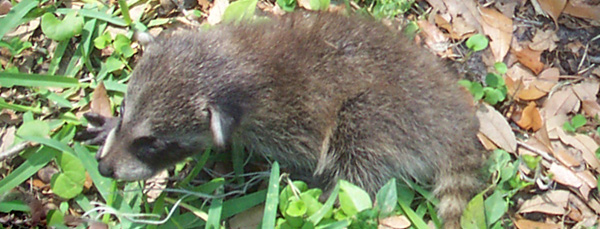- info@wildlifeanimalcontrol.com
Call us for help in your town
Wildlife Control Education
What to do if I find an orphaned baby wild animal wandering about?
If you see a baby wild animal wandering about, it may actually be injured, orphaned o it can be just fine. Once you find a baby wild animal, you may feel the need to help it and there are some steps that you can take.
In spring, one can actually spot all kinds of wild baby animals as the new generation gets into the world. They may seem so helpless and you may feel they need help. However, unless the animal is injured or orphaned, there is no need for intervention of any kind. There are some tips that help you decide whether action needs to be taken. They include:
- A baby wandering and crying all through the day
- A parent spotted dead nearby
- Shivering
- A baby laying nearly featherless or featherless on the ground
- A broken limb that is apparent or obvious
- bleeding

The determination of whether the animal needs help will depend on the age of the animal, the species as well as the behavior displayed. There are some species that will keep their young ones camouflaged all day long so as to be protected as the parents venture out for food. There are yet others that need to be supervised. It is important to find out as much as possible about the particular species that you find wandering about before you take action.
You need to get in touch with a wildlife rehabilitator only after you confirm that the animal actually does need help. If you can’t find a rehabilitator, you can find a veterinarian, a wildlife agency, a nature center, an animal control agency, the humane society or animal shelter.
You should never deal with a grown animal without the guidance of wildlife professional. The small animals can also injure you. When you find a person that can help, you will need to give an accurate physical condition description of the animal.
There are different ways that can help you make the animal comfortable as it is being transported and as you wait for help.
In case of birds, a safe container can be used. Boxes with punched holes can be used. You can like it with soft materials. When handling the animal, you need thick gloves or you can cover the animal with a towel before scooping him and them placing him into a container.
Go back to the How to get rid of wildlife home page.
Need animal removal in your hometown? We service over 500 USA locations! Click here to hire us in your town and check prices - updated for year 2020.

















